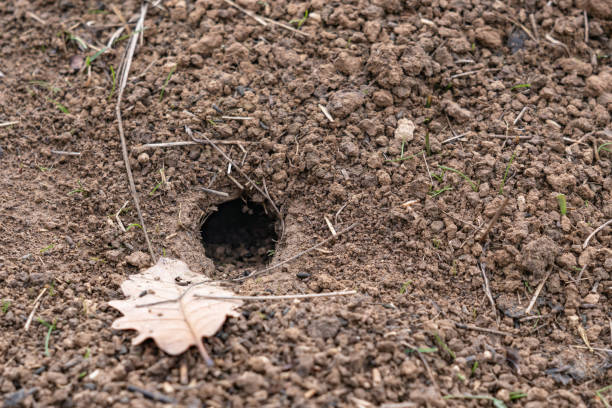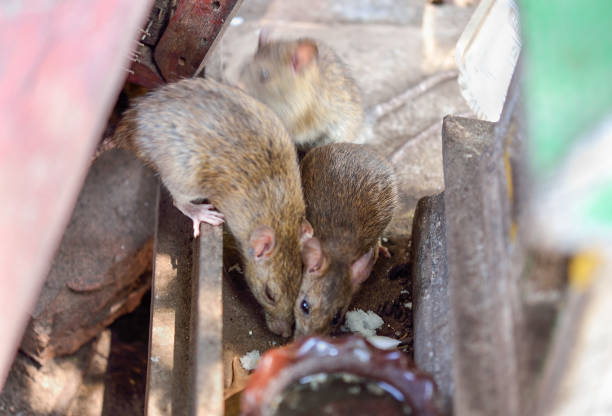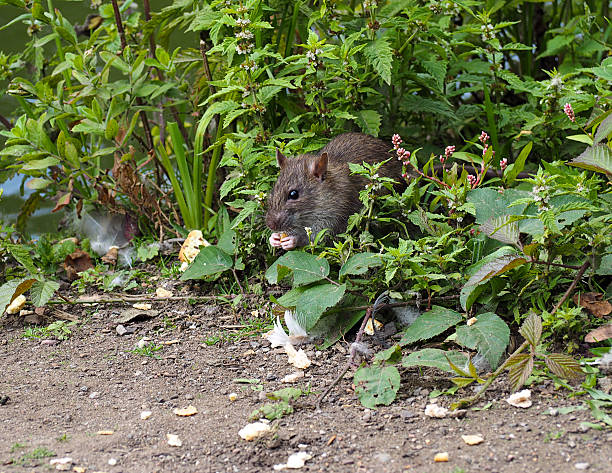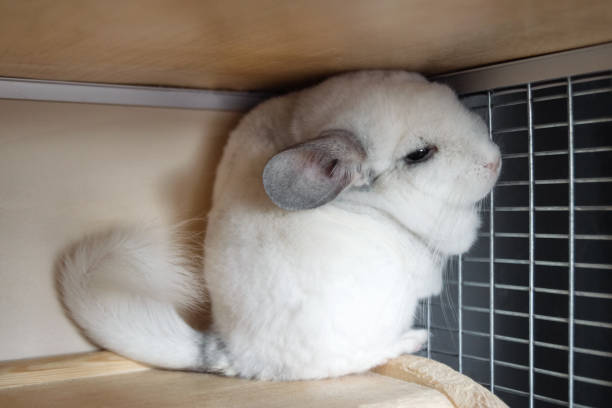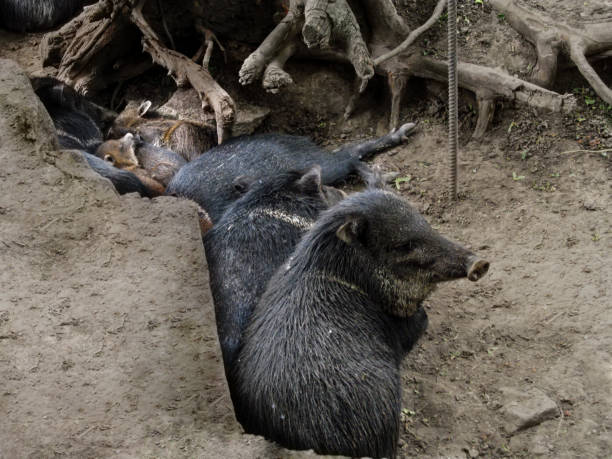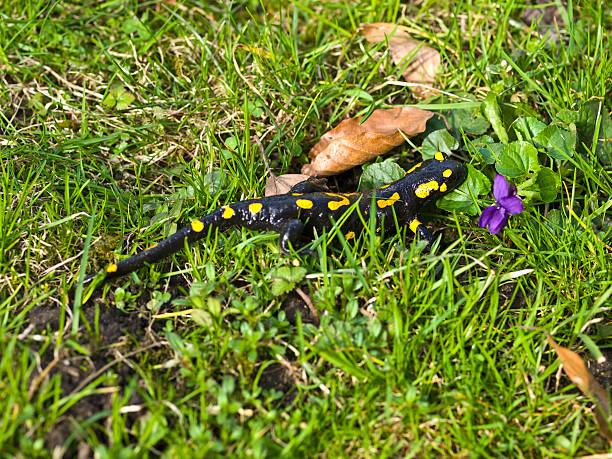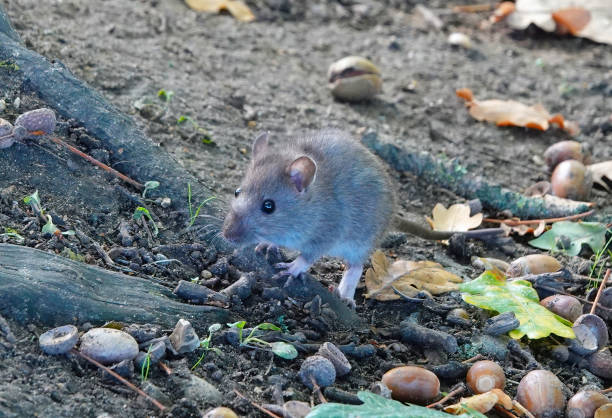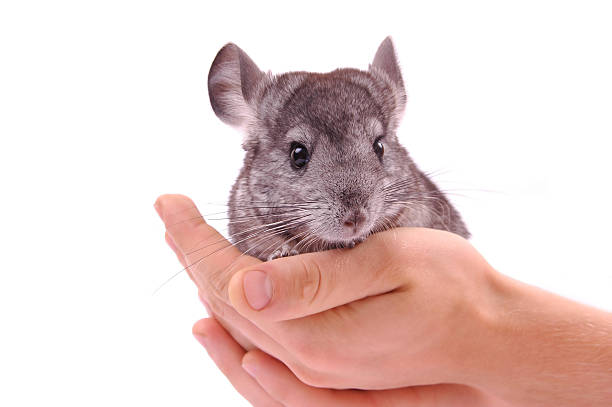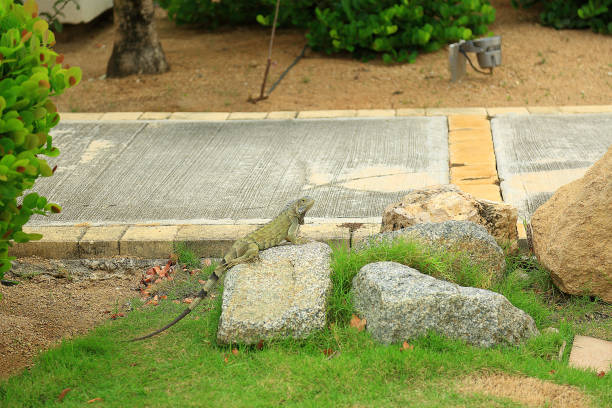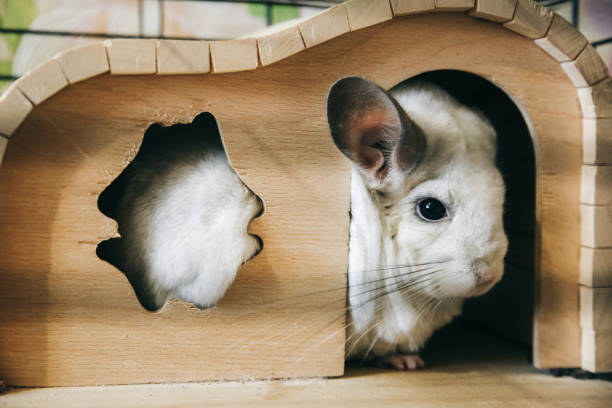How to Get rid of Rat Holes in Yard?
This post contains affiliate links. This means I will make a commission at no extra cost to you should you click through and make a purchase. Read the full disclosure here.Rat holes in your yard can be a cause for concern, as they indicate the presence of rodents on your property. Not only can these holes ruin the aesthetics of your yard, but they also pose various risks. In this article, we will explore effective methods to identify, prevent, and eliminate rat holes, ensuring a rat-free yard for you and your family.
Understanding Rat Holes
Rats are notorious for digging burrows and creating intricate tunnel systems. Rat holes are typically small openings in the ground, usually around 2-3 inches in diameter. These holes serve as entry and exit points for rats, allowing them to access food sources and shelter.
Identifying Rat Holes in Your Yard
To successfully eliminate rat holes, you need to be able to identify them. Look for small mounds of dirt with openings nearby. Rat holes are often found near structures like sheds, decks, or fences. Check for chew marks around the holes, as rats have a tendency to gnaw on surfaces.
The Dangers of Rat Holes
Rat holes not only create an unsightly appearance but also pose several dangers. Rats can carry diseases that are harmful to humans and pets. Moreover, their burrowing activities can compromise the structural integrity of your yard, leading to potential hazards.
Preventing Rat Holes in Your Yard
Prevention is crucial when it comes to dealing with rat holes. Start by removing potential food sources such as uncovered garbage or bird feeders. Keep your yard clean and well-maintained, as overgrown vegetation can provide hiding spots for rats. Additionally, seal any cracks or gaps in your house’s foundation and secure openings in fences or walls.
Natural Remedies to Get Rid of Rat Holes
If you prefer natural solutions, there are several remedies you can try. Peppermint oil, for example, has a strong scent that repels rats. Soak cotton balls in peppermint oil and place them near rat holes. Similarly, a mixture of vinegar and water can deter rats. Spray this solution around the holes and in areas prone to rat activity.
Using Traps and Baits
Traps and baits can be effective in eliminating rat holes in your yard. Snap traps are a popular choice and can be placed near the holes or along rat runways. Peanut butter or small pieces of cheese make excellent bait. Alternatively, you can use rat poison, but exercise caution, as it can be harmful to pets and children. Place baits in secure bait stations to minimize accidental exposure.
Sealing Rat Holes
Once you have eradicated the rats from your yard, it’s essential to seal the rat holes to prevent future infestations. Fill the holes with soil and pack it tightly to ensure there are no gaps. You can also use a cement mixture to seal larger holes. Remember to wear protective gloves and clothing when handling soil or cement.
Professional Help for Rat Hole Removal
If you’re facing a severe rat infestation or are unsure how to handle the problem yourself, it’s advisable to seek professional assistance. Pest control experts have the knowledge, experience, and tools to safely and effectively remove rats and their holes from your yard. They can also provide guidance on preventing future infestations.
Maintaining a Rat-Free Yard
After eliminating rat holes from your yard, it’s important to maintain a rat-free environment. Regularly inspect your yard for signs of new holes or rat activity. Continue practicing good sanitation by keeping your yard clean and minimizing potential food sources. By staying vigilant, you can ensure that your yard remains free from rats.
Conclusion
Rat holes in your yard can be both unsightly and hazardous. By identifying, preventing, and effectively eliminating these holes, you can maintain a rat-free yard. Remember to employ natural remedies, traps, or seek professional help if necessary. By following these steps and maintaining good yard hygiene, you can enjoy a beautiful and rodent-free outdoor space.
FAQs
Are rat holes dangerous for pets?
Rat holes can pose a risk to pets, especially if they come into contact with rats or their droppings. Rats may carry diseases or parasites that can be transmitted to other animals. It’s important to keep your pets away from rat holes and maintain their vaccinations and regular check-ups.
How deep can rat holes be?
Rat holes can vary in depth, but they are generally shallow, ranging from a few inches to a foot deep. However, rats are skilled diggers and can create more extensive burrows if they feel threatened or need to establish a nest.
Can I fill rat holes with cement?
Yes, filling rat holes with cement is an effective method to seal them. Mix cement with water to a thick consistency and pour it into the holes, ensuring it fills the entire space. Once the cement dries, it will provide a solid barrier against future rat activity.
Will rats come back if I don’t remove the holes?
If you don’t remove the rat holes and address the underlying rat infestation, there is a high likelihood that rats will return to your yard. Rats are persistent and can find their way back through existing openings. It’s crucial to eliminate the holes and take preventive measures to discourage their return.
How long does it take to get rid of rat holes?
The time it takes to get rid of rat holes depends on the severity of the infestation and the methods used. With proactive measures, it’s possible to see a significant reduction in rat holes within a few weeks. However, complete eradication may take longer, especially if professional assistance is required.

